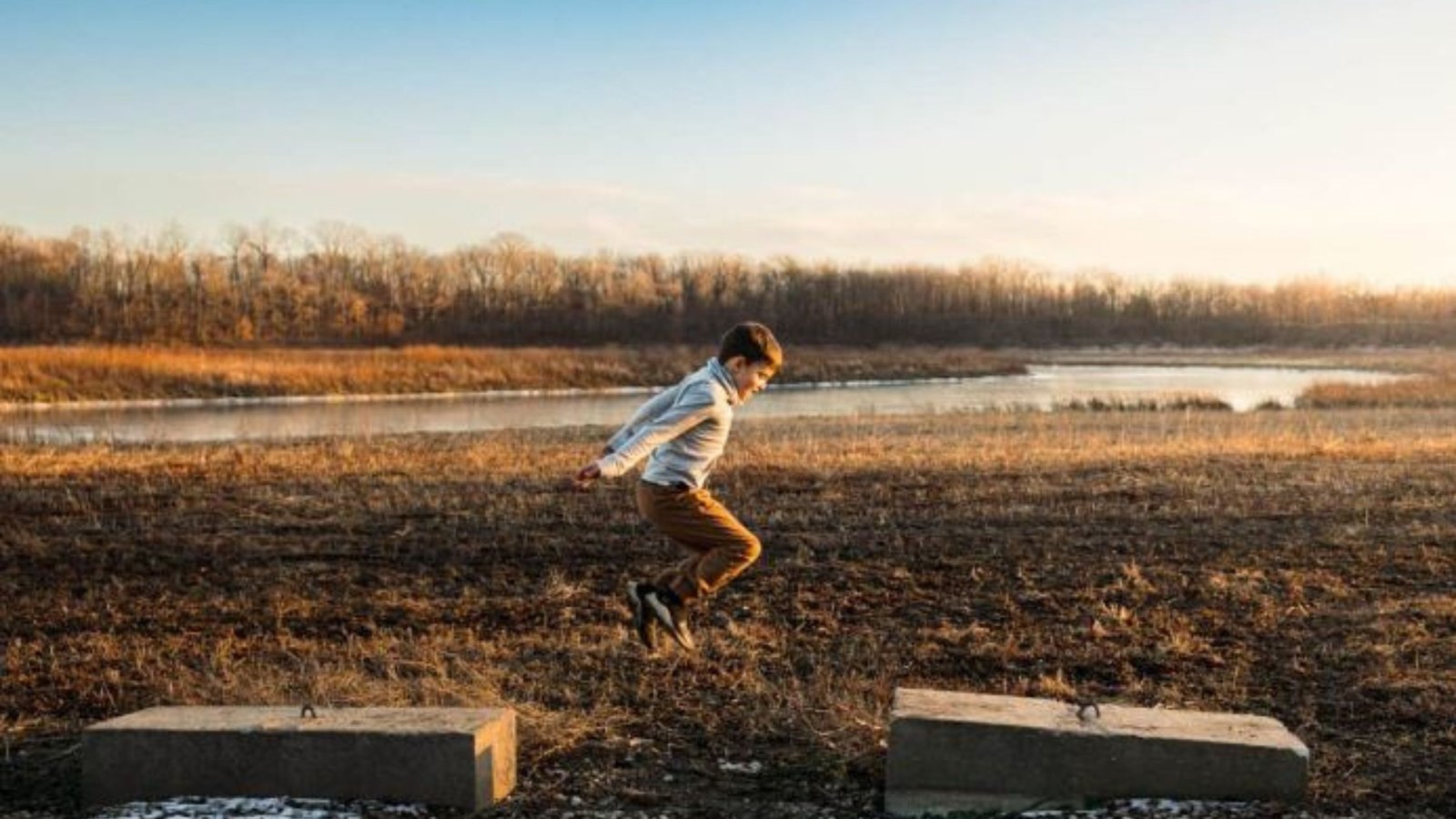To capture stunning landscape photos, follow these essential tips and techniques:

Scout Locations
Before shooting, research and visit potential locations during different times of the day to understand the best angles and lighting conditions. Look for interesting foreground elements that can add depth and context to your photos.
Use a Tripod
Stability is crucial for sharp landscape photos, especially in low light or long exposure situations. Invest in a sturdy tripod to ensure steady shots and to experiment with different compositions without camera shake.
Optimize Depth of Field
Achieve sharpness throughout your scene by using a small aperture (large f-number like f/11 or f/16). This technique, known as deep depth of field, ensures that both foreground and background elements are in focus, enhancing the overall clarity of your landscape.
Capture in Golden Hour
Shoot during the golden hour—shortly after sunrise or before sunset—when the soft, warm light creates long shadows and a golden hue. This time of day offers ideal lighting conditions with soft contrasts that enhance the mood and texture of landscapes.
Use Filters
Consider using graduated neutral density (ND) filters to balance the exposure between the bright sky and darker foreground. Polarizing filters can reduce glare and enhance colors, especially in skies and bodies of water, adding depth and vibrancy to your photos.
Experiment with Composition
Explore different composition techniques such as the rule of thirds, leading lines, and framing to create visually appealing landscapes. Incorporate natural elements like paths, rivers, or trees to guide the viewer’s eye through the scene and create a sense of depth.
Pay Attention to Foreground
Including a compelling foreground element adds depth and perspective to your landscape photos. Consider using rocks, flowers, or fallen trees to anchor the composition and draw the viewer into the image.
Adjust Camera Settings
Manually adjust settings like ISO, shutter speed, and aperture based on the lighting conditions and desired effect. Lower ISO settings reduce noise in your photos, while adjusting shutter speed and aperture controls motion blur and depth of field.
Post-Processing
Use editing software like Adobe Lightroom or Photoshop to enhance your landscape photos further. Adjust brightness, contrast, and color saturation to achieve the desired look while maintaining a natural appearance.
Practice Patience and Perseverance
Capturing stunning landscape photos often requires patience and perseverance. Experiment with different techniques, revisit locations during various seasons, and embrace the unpredictable nature of outdoor photography to refine your skills over time.
By applying these tips and techniques, you can elevate your landscape photography skills and capture breathtaking scenes that evoke emotions and appreciation for the natural world.











